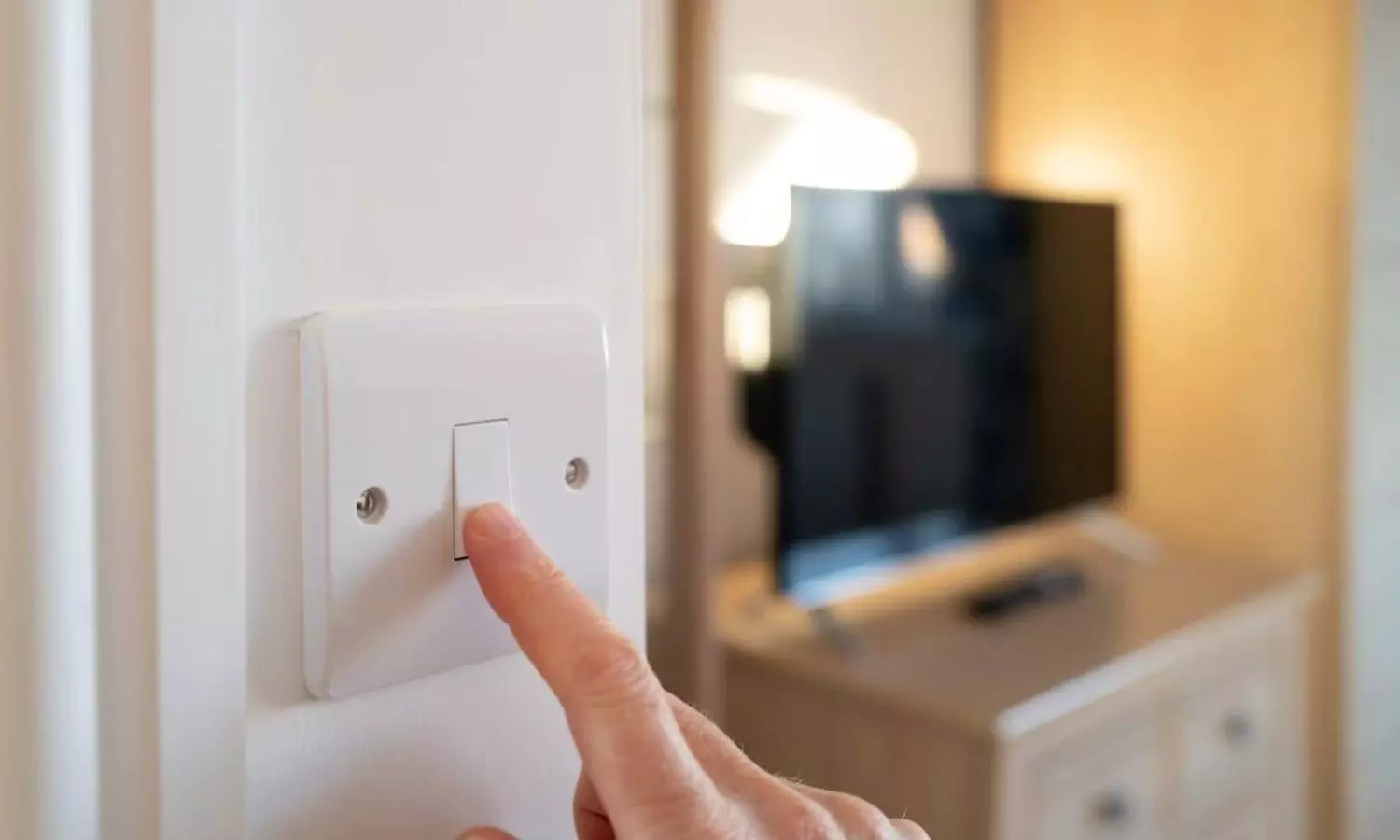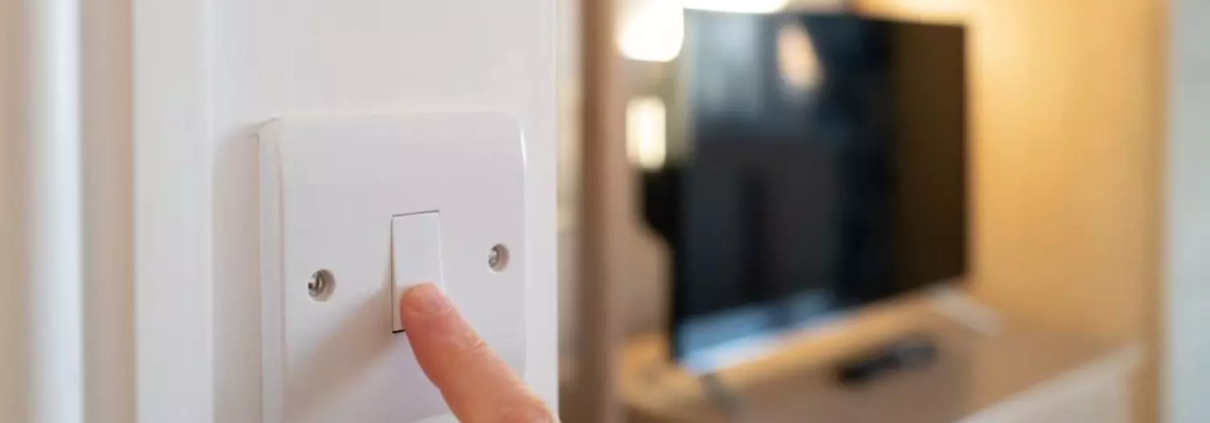Increased night light exposure post-bedtime accelerates pubertal onset: Study

A new study published in The Journal of Clinical Endocrinology and Metabolism showed that for both boys and girls, rapid pubertal onset was associated with increased Light at night (LAN) exposure, particularly after bedtime.
According to recent research, an earlier beginning of puberty may be linked to nocturnal exposure to greater bedroom light. The reduction of melatonin release, a hormone that aids in regulating sleep and pubertal timing, and the disturbance of circadian rhythms are thought to be the causes of this impact. The hypothalamic-pituitary-gonadal (HPG) axis may be prematurely activated by low melatonin levels, resulting in early hormonal alterations and physical development.
An increased risk of metabolic diseases, psychological stress, and problems with reproductive health later in life has been associated with early pubertal onset. Therefore, it is essential to comprehend how exposure to ambient light affects endocrine function and developmental timing. Thus, this study was set to find out if exposure to LANs in bedrooms at the individual level is linked to earlier pubertal onset in both boys and girls.
This prospective research examined 886 boys and girls between the ages of 6 and 10 in Tianchang, Anhui province, China, starting in September 2022. Using a portable illuminance meter at baseline, bedroom LAN exposure was measured every minute for 2 nights. Testicular volume in boys and breast growth in females were measured at baseline and every 6 months for 2 years. The relationships between the timing, intensity, and duration of LAN exposure and an earlier beginning of puberty were investigated using Accelerated Failure Time (AFT) models.
When comparing the greatest LAN exposure group to the lowest exposure group, puberty began 4.12 months earlier for females (TR, 0.96; 95% CI, 0.94–0.98) and 3.84 months earlier for boys (TR, 0.96; 95% CI, 0.95–0.98). A 9% increased risk of earlier testicular development in boys (HR, 1.09; 95% CI, 1.02–1.16) and a 12% increased risk of earlier thelarche in females (HR, 1.12; 95% CI, 1.07–1.16) were linked to each 30-minute increase in the length of LAN exposure > 3 lx.
Also, exposure to post-bedtime light (PBL) was associated with a greater risk than exposure to pre-awake light (PAL). Overall, these results imply that exposure to LANs at the individual level accelerates the beginning of puberty in both boys and girls, especially in the post-bedtime interval.
Source:
Zhou, Y., Ding, W.-Q., Li, Y., Zhu, H.-Z., Liu, D.-Y., Qie, X.-J., Tao, F.-B., & Sun, Y. (2025). Brighter bedroom light at night predicts risk for earlier pubertal onset: a two-year longitudinal study. The Journal of Clinical Endocrinology and Metabolism, dgaf526. https://doi.org/10.1210/clinem/dgaf526



